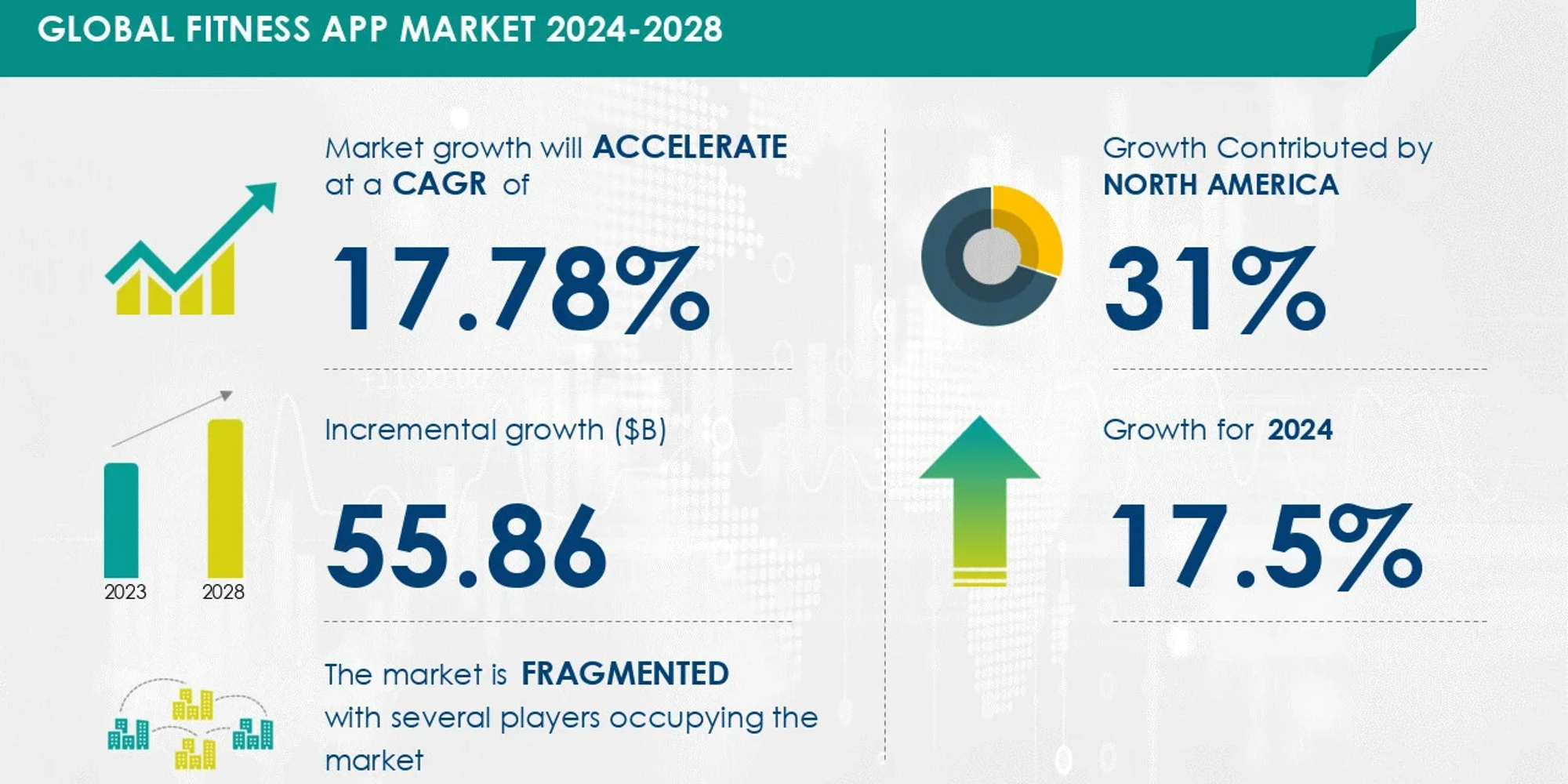Travel
European tourism recovery continues into 2024, with travel expenditure expected to hit record numbers

- Foreign tourist arrivals and nights exceed 2019 levels in the first quarter of 2024.
- Recovery is steady but uneven across regions and source markets due to ongoing risks.
- Sporting events, high travel demand and inflation to drive tourist expenditure to record levels.
Europe’s tourism industry is experiencing a robust recovery in the first months of 2024. Based on data from reporting destinations, foreign arrivals (+7.2%) and overnights (+6.5%) in the first quarter of the year surpassed 2019 figures. This continues the upward trend observed in 2023, which recorded foreign arrivals 1.2% below 2019 levels, and nights just 0.2% below. The recovery is largely driven by strong intra-regional travel fuelled by Germany, France, Italy, and the Netherlands. This is coupled with demand from the US, which continues to be Europe’s most important long-haul source market.
This is according to the latest edition of the ‘European Tourism Trends & Prospects’ quarterly report released today by the European Travel Commission (ETC). This report monitors the performance of European tourism in the first quarter of the year and the macroeconomic and geopolitical factors impacting the industry’s outlook on the continent.
Commenting on the report’s publication, Miguel Sanz, ETC’s President, said: “The early figures for 2024 reveal a positive outlook for European tourism this year. Consumer travel spending is set to rise notably across Europe, hitting record numbers in the coming months. This boost will support the travel and tourism businesses heavily impacted by the pandemic years and ongoing economic instability. Still, high prices and geopolitical risks remain key hurdles for tourism, as the sector as a whole also strives to adopt more responsible practices to benefit the locals and preserve the environment.”
Strong rebound for European tourism, but disparities remain
Year-to-date data shows that destinations in Southern Europe are leading the recovery in terms of international visitor numbers compared to 2019 levels, including Serbia (+47%), Bulgaria (+39%), Türkiye (+35%), Malta (+35%), Portugal (+17%), and Spain (+14%). These destinations offer competitively priced holiday experiences, often combined with milder winter temperatures. Nordic countries are also witnessing an uptake in tourist activity, as overnight stays grew above pre-pandemic levels. This increase is particularly evident for Norway (+18%), Sweden (+12%), and Denmark (+9%). This high interest is partially driven by winter sports tourism and the allure of the Northern Lights.
Meanwhile, countries in the Baltic region continue to lag behind due to challenges caused by the war in Ukraine, with Latvia registering the lowest post-pandemic international arrivals (-34%), followed by Estonia (-15%) and Lithuania (-14%).
Data from the first few months of 2024 also shows an uneven long-haul source market performance. The US and Canada continue to dominate, mirroring trends from 2023. There was also an increase in travellers from Latin America, particularly Brazil, during the first quarter of the year. Conversely, though the APAC region shows signs of improvement compared to last quarter, recovery remains modest and uneven. While Chinese travellers are beginning to return to Europe, recovery from Japan is still slow.
Despite challenges, consumer demand remains strong
Inflationary pressures and geopolitical uncertainties remain significant concerns for the European tourism industry. The war in Ukraine continues to impact tourism flows, particularly in Central and Eastern Europe. Meanwhile, the war between Israel and Hamas now significantly affects travel from Israel to Europe, with Israeli arrivals down 54% on last year in Q1 across reporting destinations. For tourism industry professionals, accommodation costs (59%), business costs (52%) and staff shortages (52%) are seen as the biggest challenges.
Conversely, online social conversations surrounding travel in Europe have overwhelmingly positive tones, surpassing discussions about other global regions such as the Americas, Africa, and Asia-Pacific in early 2024. Highlights include praise for seasonal beauty, outdoor adventures, and unique cultural events like Carnival celebrated across European countries.
Consumer data also shows that travel remains a top priority in 2024. Both intra-European and long-haul tourist spending increased in early 2024. Forecasts indicate that travellers will spend €742.8 billion in Europe this year, a 14.3% increase compared to 2023. This can be attributed to both inflation and evolving travel preferences, with travellers potentially opting for longer stays or more diverse experiences. Germany will be a main source of traveller expenditure, accounting for 16% of total spend in Europe in 2024.
Paris Olympics and Euros 2024 expected to drive demand in France and Germany
This summer will bring two major sporting events to Europe: the Olympic Games in France and the UEFA European Football Championship in Germany. The Olympics are expected to attract a surge in domestic and international tourists, with the impacts extending beyond the city of Paris itself. Inbound spending growth is projected at 13% for Paris and 24% for all of France on 2019 levels. The Euros will be less concentrated in the German capital, with games taking place across ten cities. This is expected to offer a more dispersed benefit, with all participating cities poised to experience a significant rise in tourism revenue.









